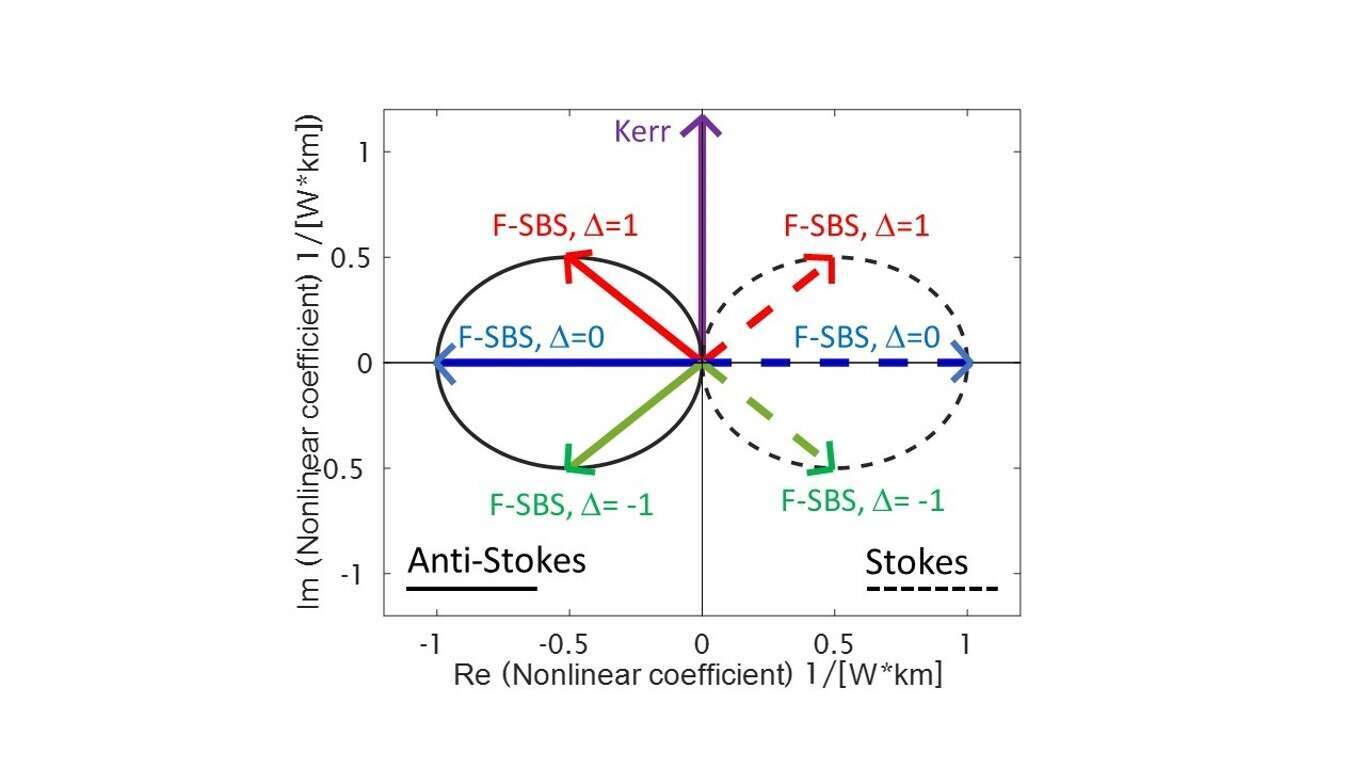
Distributed Analysis of Nonlinear Wave Mixing in Fiber due to forward Brillouin Scattering and Kerr Effects
2Institute of Nano-Technology and Advanced Materials, Bar Ilan University
Forward stimulated Brillouin scattering (F-SBS) is a third-order nonlinear-optical mechanism that couples between two co-propagating optical fields and a guided acoustic mode in a common medium. F-SBS gives rise to nonlinear wave mixing along optical fibers, which adds up with four-wave mixing induced by the Kerr effect. In this work, we report the distributed mapping of nonlinear wave mixing processes involving both mechanisms along standard single-mode fiber, in analysis, simulation and experiment. Measurements are based on a multi-tone, optical time-domain reflectometry setup, which is highly frequency-selective. The results show that F-SBS leads to nonlinear wave mixing processes that are more complex than those that are driven by the Kerr effect alone. The dynamics are strongly dependent on the exact frequency detuning between optical field components. When the detuning is chosen near an F-SBS resonance, the process becomes asymmetric. Power is coupled from an upper-frequency input pump wave to a lower-frequency one, and the amplification of Stokes-wave sidebands is more pronounced than that of anti-Stokes-wave sidebands.

An analytic expression for the power levels of two input pump waves and two first-order sidebands is presented. The analytic approximation is validated both numerically and experimentally. A set of non-linear optical waves` equations is formulated and solved numerically. An excellent agreement between simulations and experimental measurements is evident over 8 km of standard single-mode fiber. The results are applicable to a new class of distributed fiber-optic sensors, based on F-SBS.


Powered by Eventact EMS